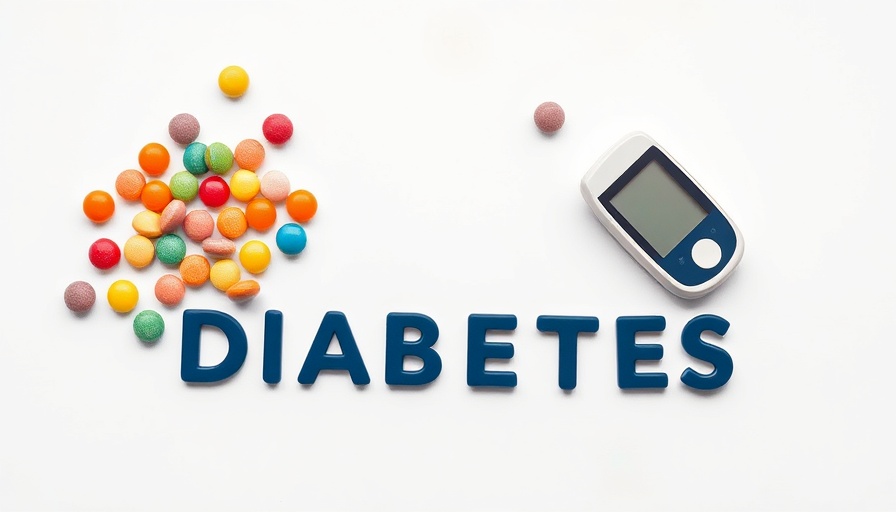
Unpacking the Impact of Sugary Drinks on Sperm Health
Recent research sheds light on an unsettling connection between the consumption of sugary drinks and male reproductive health. A new study suggests that regular intake of these sweet beverages may significantly harm sperm count and quality, an issue that could have long-term effects on fertility. As our lifestyles continue to evolve, it becomes increasingly important to scrutinize the nutritional choices we often take for granted, especially in the context of raising awareness among young men and reproductive health advocates alike.
Sparking Conversations Around Nutrition
In a world where soft drinks are ubiquitous, the conversation surrounding nutrient-dense alternatives is needed more than ever. Sugary drinks are often seen as everyday indulgences, without realizing their deeper impact on health. The study provides a timely reminder to reconsider the profound effects of our diets, especially when it comes to how they relate to reproductive health. By engaging men in discussions about nutrition, we can help raise awareness of how these dietary choices could translate into real-life implications for future generations.
How Sugars Affect Hormones and Health
The science behind this research highlights how excessive sugar intake can disrupt hormone levels in the male body, leading to issues such as lower testosterone levels and reduced sperm quality. These findings resonate with a broader understanding of how nutritional habits can dictate hormonal balance. As communities engage in wellness discussions, it’s critical to connect dietary practices with hormonal health that fuels conversations about the importance of making informed choices and encourages healthier habits.
Insights for Healthier Living
In light of these findings, it's time to explore actionable insights for maintaining reproductive wellness. Choosing to limit or eliminate sugary drinks in favor of hydrating, nutrient-rich alternatives like water, herbal teas, or naturally flavored beverages can lay the groundwork for improving overall health. Furthermore, this shift can pave the way for more conscientious conversations about dietary choices and their impacts, breaking down the stigma surrounding men’s health issues.
Incorporating Telemedicine in Health Strategies
With technology evolving, telemedicine presents an innovative way to provide access to health information and support around reproductive health. Utilizing digital platforms can facilitate consultations with healthcare professionals who can offer tailored advice on diet, exercise, and other lifestyle choices that could have meaningful impacts on reproductive health. By making these resources accessible, we empower individuals to take charge of their wellness proactively.
The Power of Community Engagement
At the heart of fostering healthier lifestyles lies community engagement. Local health workshops and nutrition classes can provide essential knowledge and create support networks for individuals striving to improve their health choices. Personal anecdotes can further enliven these discussions and foster relatability, making it easier for men to engage with the topic of nutrition and its intersection with fertility.
With these evolving conversations, we are reminded that every small change can lead to significant outcomes in health and wellness, especially concerning men's reproductive health. It's time to celebrate positive change and advocate for a culture where individuals feel empowered to choose nutritious paths.
 Add Row
Add Row  Add
Add 




 Add Row
Add Row  Add
Add 

Write A Comment